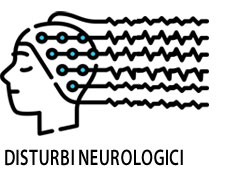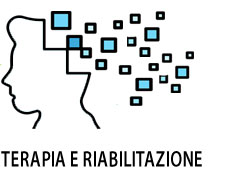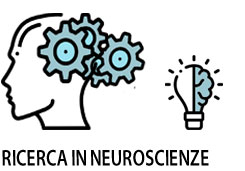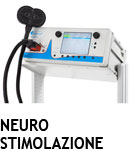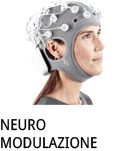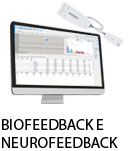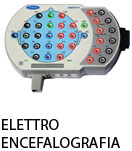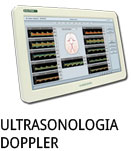- +39 011 5821948
- info@geasoluzioni.it
- Lun - Ven 8:00 - 17:00
Effects of Prefrontal Transcranial Direct Current Stimulation on Lexical Access in Chronic Poststroke Aphasia.
- Abstract:
- BACKGROUND: A successful interplay between prefrontal and domain-specific language areas is critical for language processing. Previous studies involving people with aphasia have shown that executive control processes might act on lexical-semantic representations during retrieval. Modulating the prefrontal control network by means of noninvasive brain stimulation might, therefore, improve lexical access in people with aphasia. OBJECTIVE: The present study investigates the effects of prefrontal transcranial direct current stimulation (tDCS) on lexical access in chronic poststroke aphasia. METHODS: We report data of 14 participants with chronic poststroke aphasia. We used a sham-tDCS (S-tDCS) controlled and double-blind within-subjects design. Performances in picture naming, verbal fluency, and word repetition were assessed immediately after stimulation. RESULTS: As compared with S-tDCS, anodal tDCS (A-tDCS) improved verbal fluency as well as the speed of naming high frequency words, but not word repetition. CONCLUSION: The results of our study suggest that the brain network dedicated to lexical retrieval processing can be facilitated by A-tDCS over the left dorsolateral prefrontal cortex. This finding supports the notion that strengthening executive control functions after stroke could complement speech and language-focused therapy.
- Patologie/Applicazioni:
- Anno:
- 2018
- Tipo di pubblicazione:
- Articolo
- Parola chiave:
- stimolazione elettrica transcranica; afasia; stroke; Riabilitazione lessicale; corteccia prefrontale; fluenza verbale; Sham; double blind
- Testata scientifica:
- SAGE Journals
- Nota:
- Studio effettuato su 14 partecipanti che indaga gli effetti della stimolazione della corrente continua transcranica prefrontale (tDCS) sull'accesso lessicale nell'afasia post-cronica. Abbiamo utilizzato un protocollo controllato dalla sham-tDCS (S-tDCS) e uno in doppio cieco. Rispetto alla S-tDCS, la tDCS anodico (A-tDCS) migliora la fluidità verbale e la velocità di denominare le parole con alta frequenza, ma non la ripetizione delle parole. I risultati dello studio suggeriscono che la rete cerebrale dedicata all'elaborazione del richiamo lessicale può essere facilitata dalla A-tDCS sulla corteccia prefrontale dorsolaterale sinistra.
- DOI:
- 10.1177/1545968318801551
Hits: 2318
La nostra storia
GEA soluzioni si affaccia nel 2013 al mercato della strumentazione medicale di alto livello tecnologico ma la sua storia parte da più lontano, clicca qui per approfondire.
GEA SOLUZIONI SRL
via Spalato 72/A, Torino
Tel.: 011 5821948 / 011 4463853
Fax: 011 0433281
Email: info @ geasoluzioni.it
P. IVA IT11696920013
REA TO1233648

